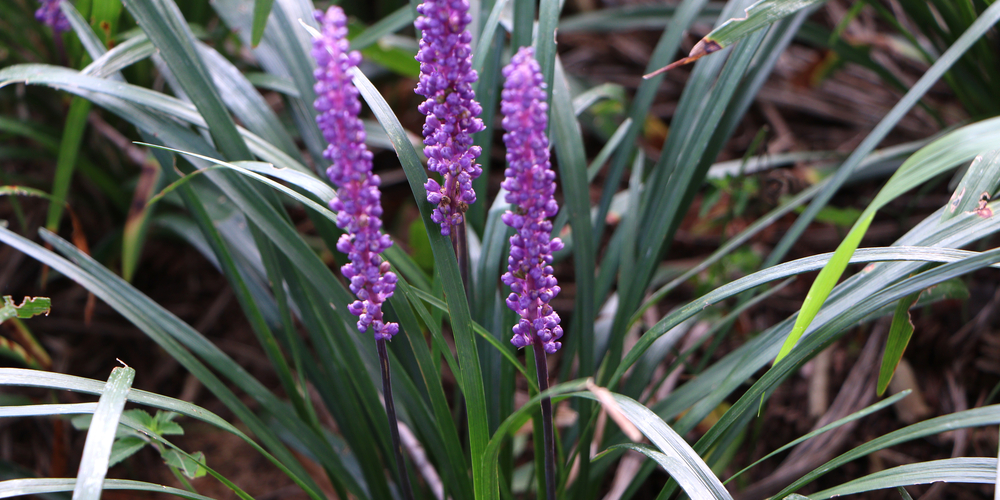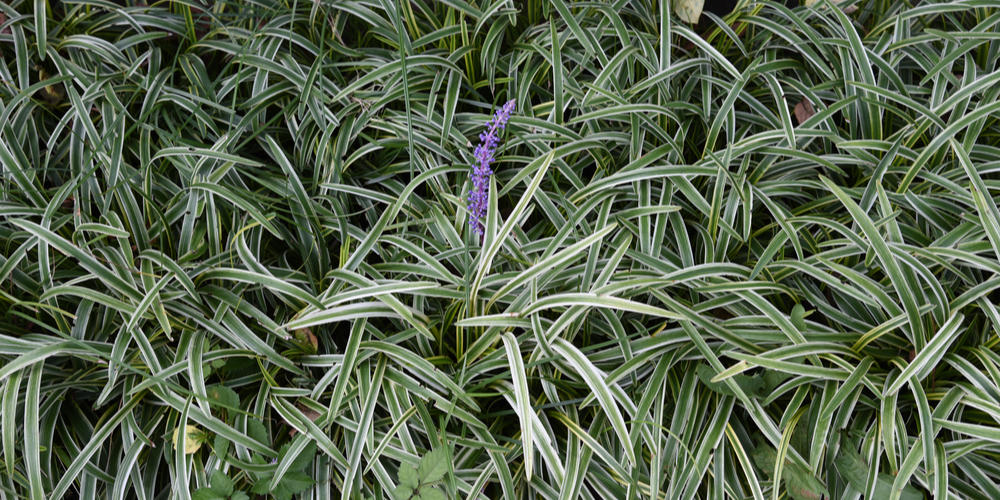Monkey grass, also known as liriope, lilyturf, or border grass, is ideal for landscaping, mainly flower bed borders and walkways. However, monkey grass can be invasive and becomes more irritating than aesthetically pleasing at times. Typically, monkey grass grows very slowly and clumps closely together. Like most dense shrubs, monkey grass can be pretty safe for snakes looking for a hiding place but dangerous to you, your children, or even your pets.
If you are considering eliminating the overgrown monkey grass you may be wondering ‘how to get rid of monkey grass?’ We shall look at various ways you can control your monkey grass situation. One thing is for sure, removing liriope may not be as easy as it may appear.
1. Dig the Monkey Grass out
They say that the best way to deal with a problem is by getting to its roots. This is very true as it is the case of most weeds or plants- Monkey grass is not an exception. The process is pretty straightforward. You can dig around each clump to expose its roots using any weeding tool.
Monkey grass tends to have very thick root systems, and it can prove very challenging to remove every fiber of its roots. However, it is crucial to get as much as you can out to reduce the chances of them growing back in the future.
Some tools you may find helpful in digging out these stubborn plants include:
- Gardening knife– Gardening knives are ideal as they can reach shallow and deep areas and can be used to cut away the leaves and stems of other plants that may be in the way. A larger gardening knife is better compared to their smaller counterparts as they can do a lot more, including helping you determine how the deeps are.
- Cape Cod weeders– This tool is recommended chiefly for everyday small-scale gardeners as they are instrumental in working around unwanted plants without interfering with the plants you want to keep. Cape Cod weeders have three prongs to allow the removal of very tight weeds. You can use them on monkey grass to loosen the tightly-gripped roots and loosen the soil around the unwanted plants. You can also use it to pull out several roots at a go. The longer prongs can grip below the monkey grassroots and the shorter one to enhance grip on the upper part.
- Spade or shovel– You do not have to search far and wide for a tool to remove the weeds around your compound. Simple tools like spades and shovels can work as effectively as other tools, although not with the same ease, especially in the case of persistent monkey grass. Several types of shovels and spades are available, but those with shorter hands are more efficient.
2. Control the Spread
Monkey grass matures quickly and can grow by about 1-foot in width every year or two. They grow further with the ideal conditions, reaching a spread of 3 to 4 inches in just 3 years. No wonder they form very thick bushes and are close to each other.
After digging out the clumps, covering the area with landscaping fabric or plastic could help in hindering their recurrent growth. Essentially, you can use the plastic or fabric to suffocate the tiny roots stuck in the dirt, thus giving you a better chance of getting rid of them.
The best way to control perennial plants like liriope is to start early and keep a close eye on them. Monkey grass tends to grow into the lawns or the garden beds and beat its purpose by making your landscaping look wild rather than aesthetically pleasing.
3. Use chemicals and herbicides.
Thanks to science and technology, we have numerous formulations that can eliminate monkey grass—wondering how to kill monkey grass completely? Well, there are numerous off-the-shelf and professional chemicals or herbicides.
Most of these products have a high concentration of glyphosate that attacks the plant directly. These chemicals have different techniques for getting the job done, including fully mature with prominent leaves. The glyphosate then kicks in by entering the leaves and killing the plant gradually.
It is advisable to apply herbicides and other chemicals on a sunny day as the leaves absorb them and other nutrients. Doing the task on a rainy day may lead to minimal results as the rain washes away the chemicals, making the entire process waste time and money.
However, you should avoid spraying other plants as they may kill the wanted plants. These chemicals can also cause harm to animals and human life; therefore, it is necessary to wear preventive clothing and follow the manufacturer’s instructions.
Alternatively, it is wise to stick to safer methods such as digging, as chemicals can easily cause more harm than good. They may destroy not only the nearby plants but also affect the quality of your soil.
4. Seek professional help
If you cannot do it yourself, it is advisable to seek backup from professionals. A professional gardener or landscaper may come in handy, especially if the monkey grass invasion is extensive. Lift that weight off your shoulders by letting them use their experience and knowledge to handle the situation best.
Although this may cost you a few dollars, this is the best way to get it done as a professional, not only to remove the roots but also to equip you with tips to control or prevent future occurrences of the monkey grass.
How to get rid of monkey grass: Bottom line
The method you choose to get rid of monkey grass is entirely dependent on your preference. Whichever you go for should be safe for other plants. It is also necessary to keep things under control when the lily turfs show signs of overwhelming growth and if you wish to keep the monkey grass attractive for longer.
Related article: How to kill snake grass plant?

